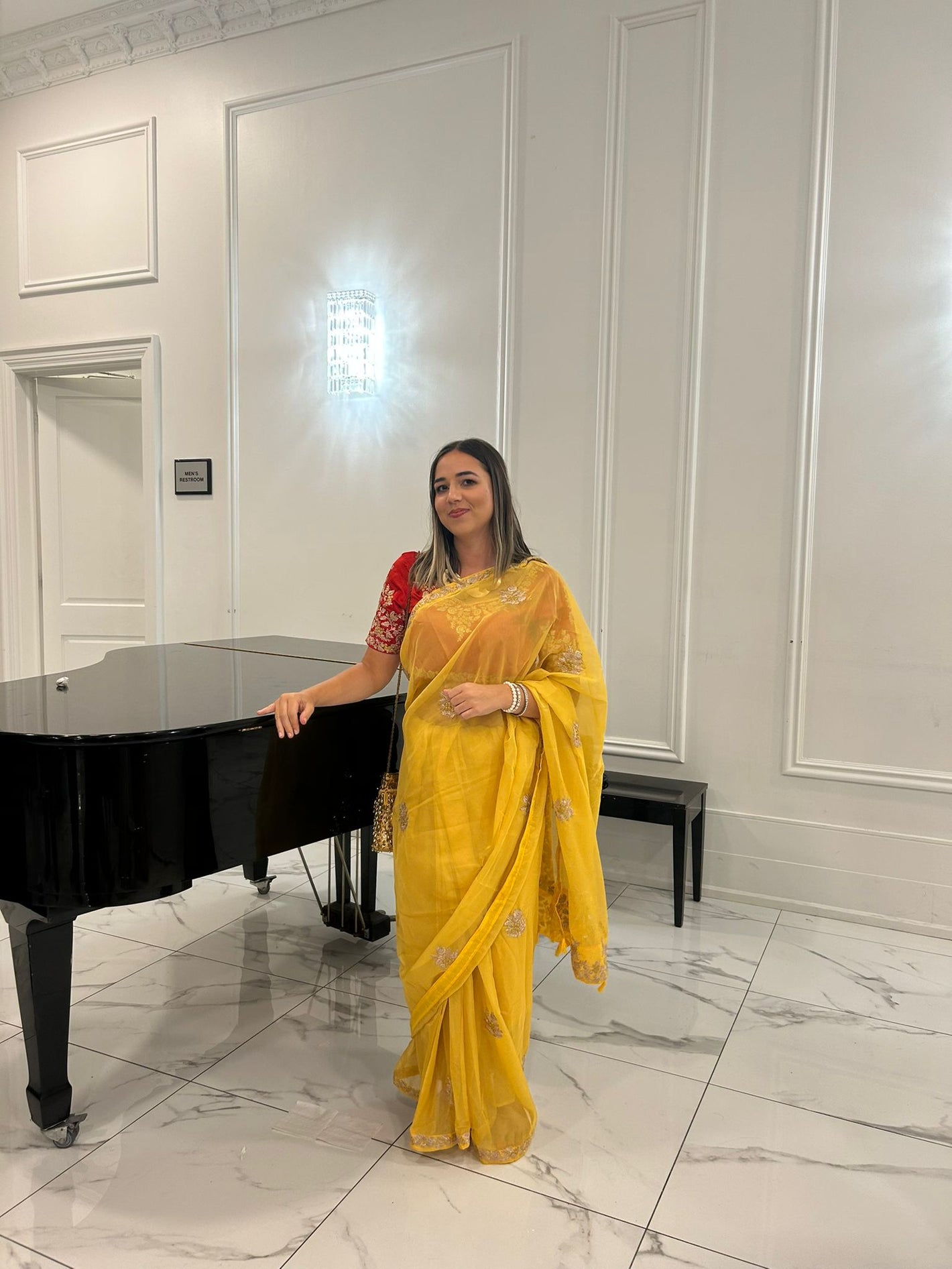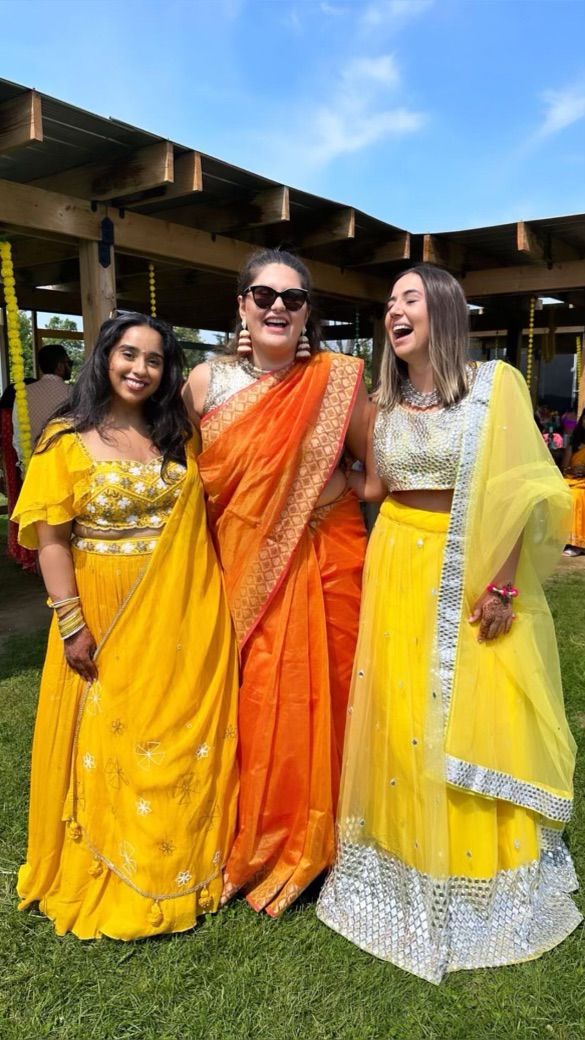Kanjivaram Sarees
-
Lilac Lullaby
Regular price Rs. 50,199.00 INRRegular priceUnit price per -
Enchanting Chaos
Regular price Rs. 50,199.00 INRRegular priceUnit price per -

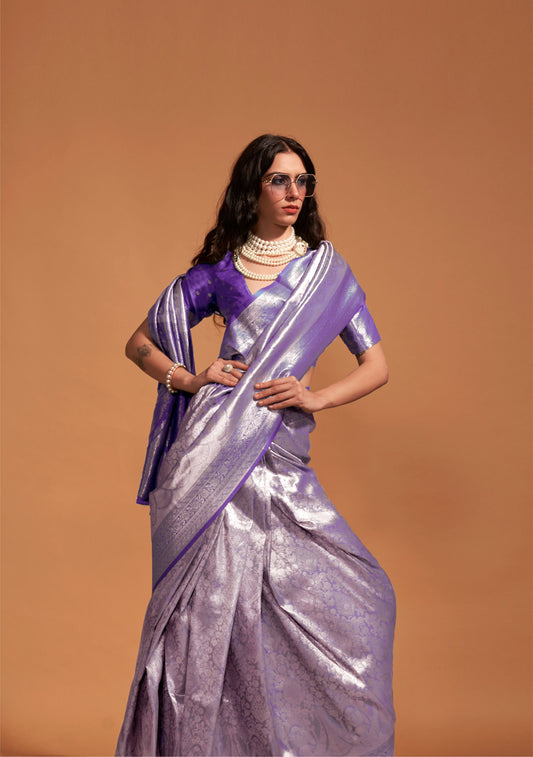 10% off available
10% off availableViolet Kanjeepuram Silk Handwoven Mohi Saree
Regular price Rs. 2,815.00 INRRegular priceUnit price perRs. 5,500.00 INRSale price Rs. 2,815.00 INRSale -

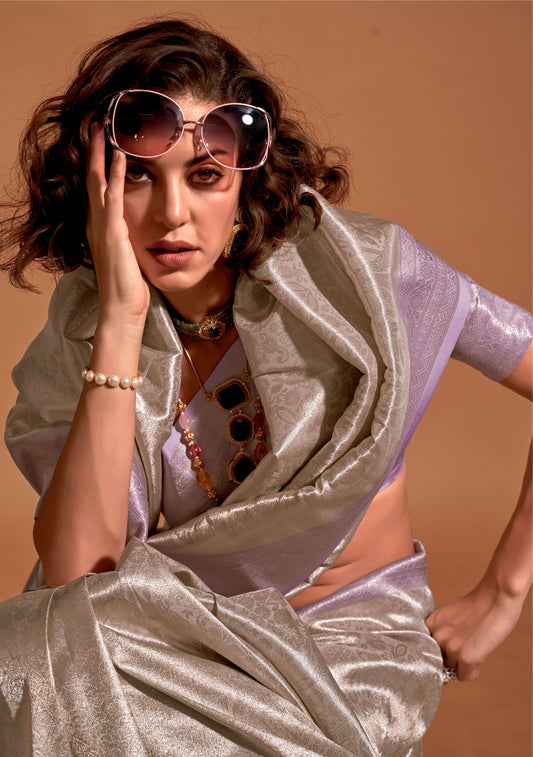 10% off available
10% off availableLavender Kanjeepuram Silk Handwoven Mohi Saree
Regular price Rs. 2,815.00 INRRegular priceUnit price perRs. 5,500.00 INRSale price Rs. 2,815.00 INRSale -

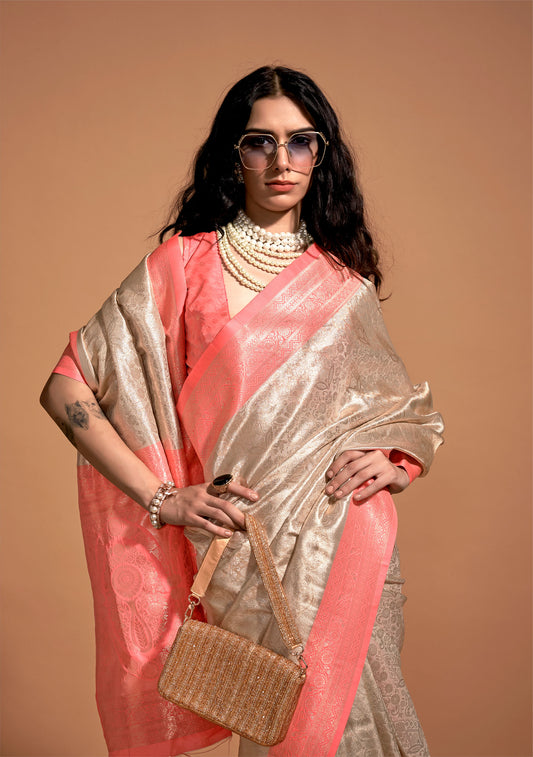 10% off available
10% off availableBeige Kanjeepuram Silk Handwoven Mohi Saree
Regular price Rs. 2,815.00 INRRegular priceUnit price perRs. 5,500.00 INRSale price Rs. 2,815.00 INRSale -

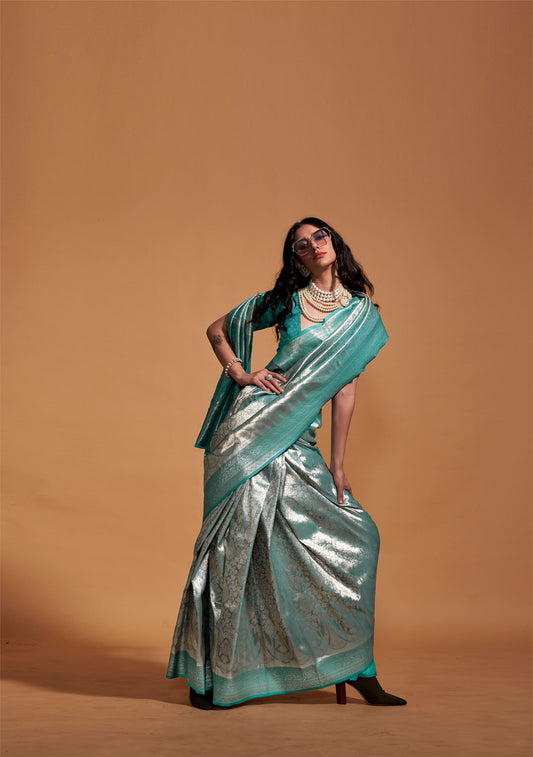 10% off available
10% off availableGreen Kanjeepuram Silk Handwoven Mohi Saree
Regular price Rs. 2,815.00 INRRegular priceUnit price perRs. 5,500.00 INRSale price Rs. 2,815.00 INRSale -

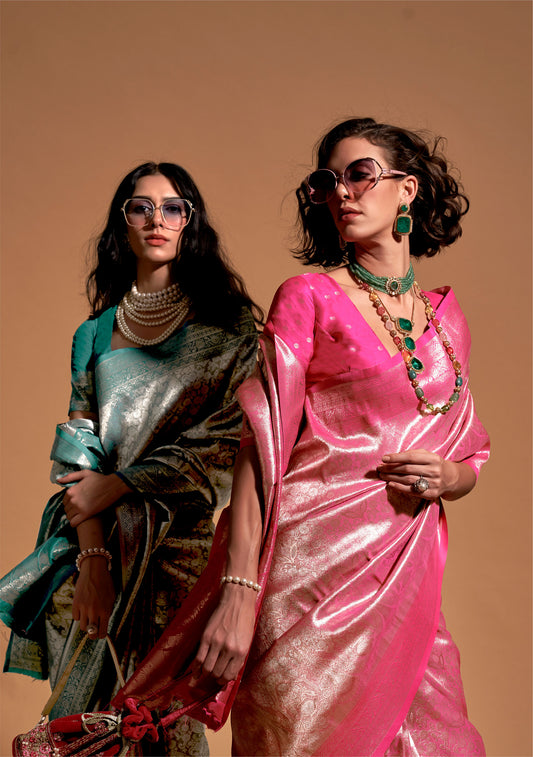 10% off available
10% off availablePink Kanjeepuram Silk Handwoven Mohi Saree
Regular price Rs. 2,815.00 INRRegular priceUnit price perRs. 5,500.00 INRSale price Rs. 2,815.00 INRSale -

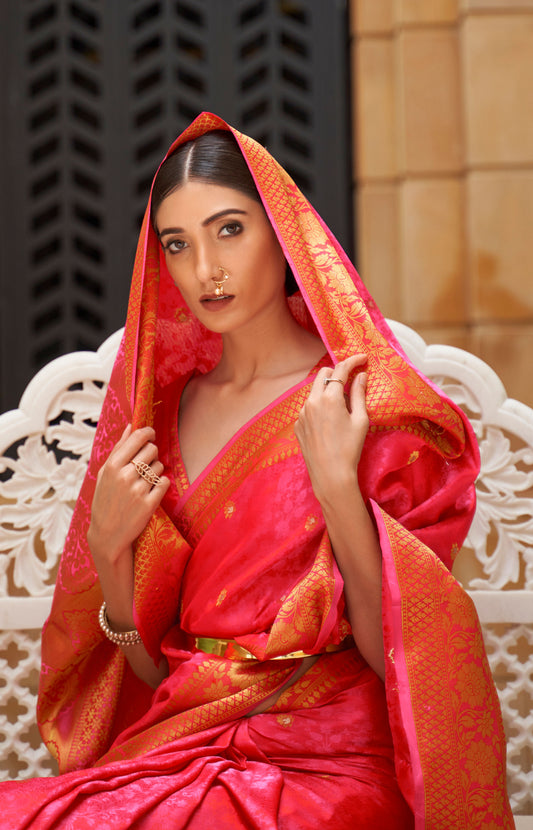 10% off available
10% off availablePink Kalandi Kanjivaram Silk Saree
Regular price Rs. 2,410.00 INRRegular priceUnit price perRs. 4,750.00 INRSale price Rs. 2,410.00 INRSale -

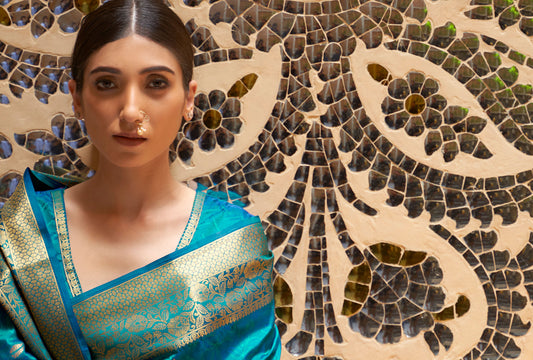 10% off available
10% off availableBlue Kalandi Kanjivaram Silk Saree
Regular price Rs. 2,410.00 INRRegular priceUnit price perRs. 4,750.00 INRSale price Rs. 2,410.00 INRSale -

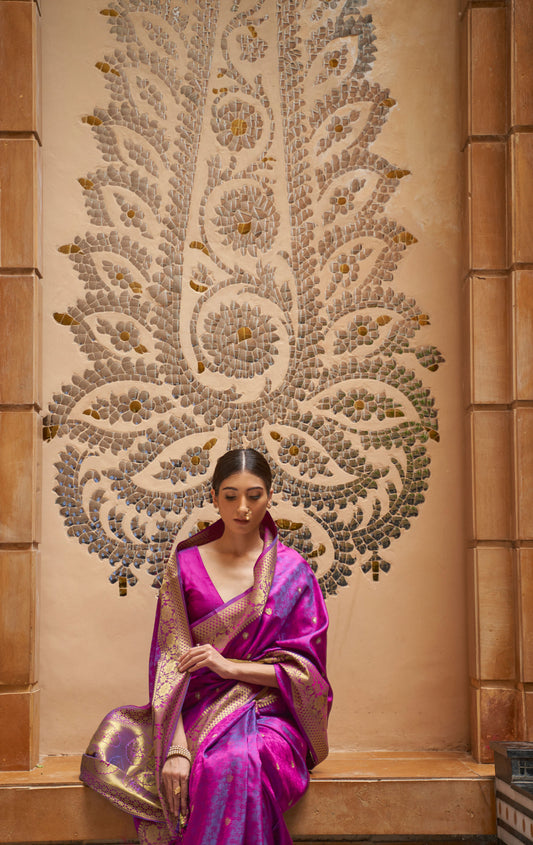 10% off available
10% off availablePurple Kalandi Kanjivaram Silk Saree
Regular price Rs. 2,410.00 INRRegular priceUnit price perRs. 4,750.00 INRSale price Rs. 2,410.00 INRSale -

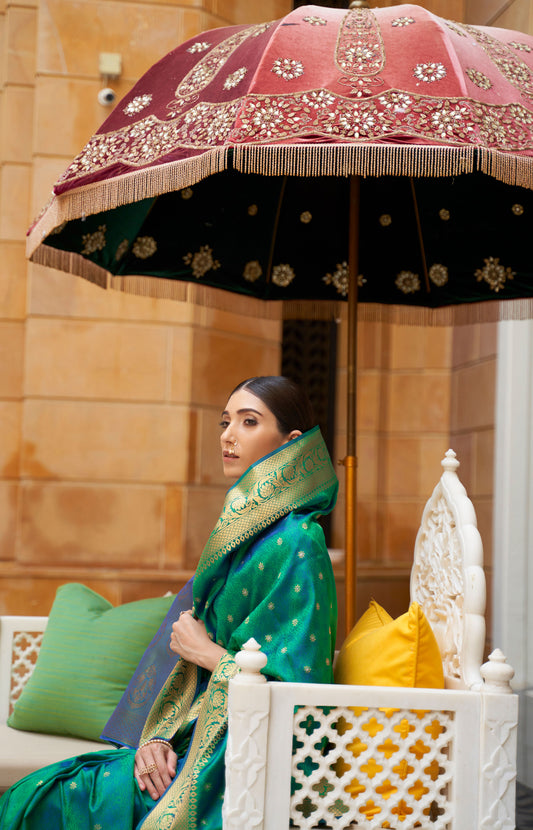 10% off available
10% off availableGreen Kalandi Kanjivaram Silk Saree
Regular price Rs. 2,410.00 INRRegular priceUnit price perRs. 4,750.00 INRSale price Rs. 2,410.00 INRSale -

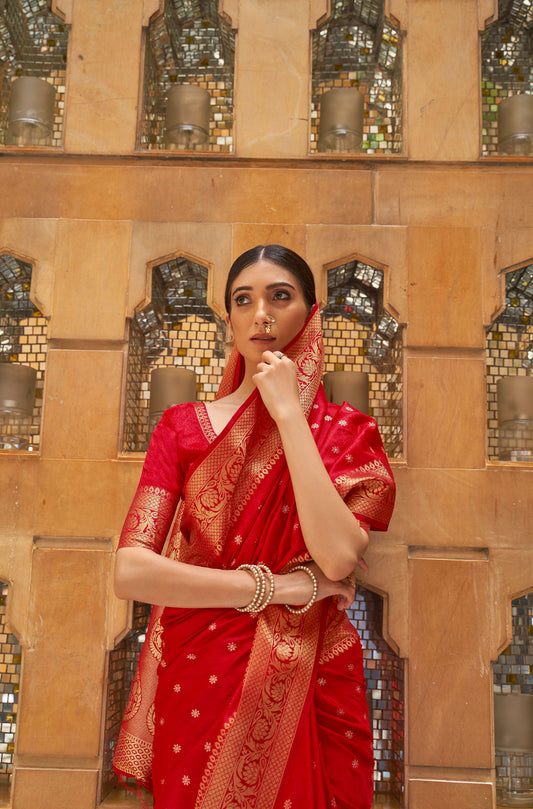 10% off available
10% off availableRed Kalandi Kanjivaram Silk Saree
Regular price Rs. 2,410.00 INRRegular priceUnit price perRs. 4,750.00 INRSale price Rs. 2,410.00 INRSale -

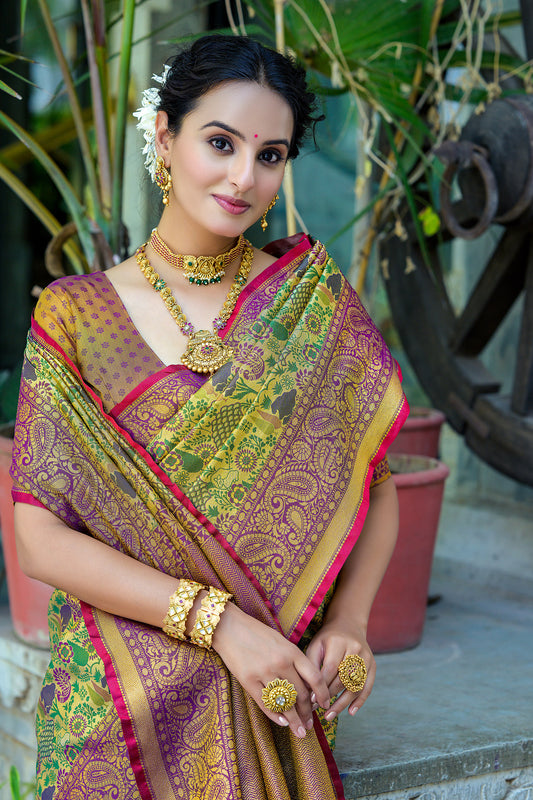 10% off available
10% off availableWine Kanjivaram Zari Woven Artisan saree
Regular price Rs. 5,454.00 INRRegular priceUnit price perRs. 10,200.00 INRSale price Rs. 5,454.00 INRSale -

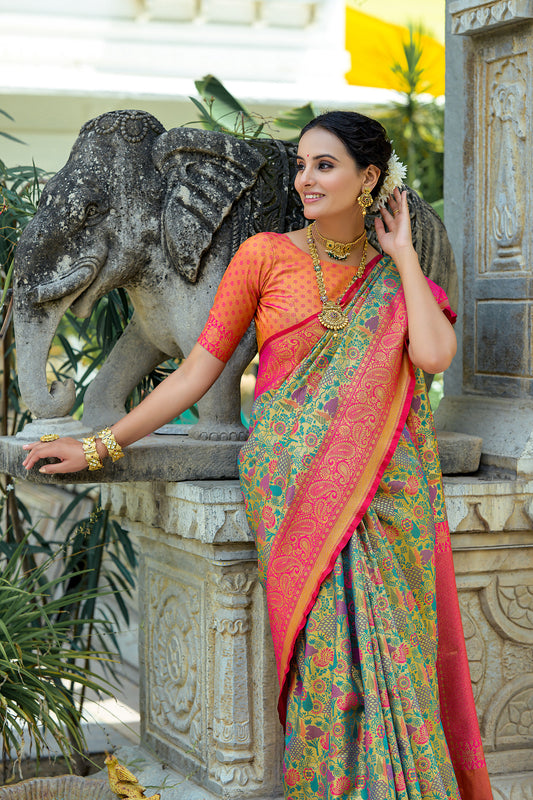 10% off available
10% off availableRani Pink Kanjivaram Zari Woven Artisan saree
Regular price Rs. 5,454.00 INRRegular priceUnit price perRs. 10,200.00 INRSale price Rs. 5,454.00 INRSale -

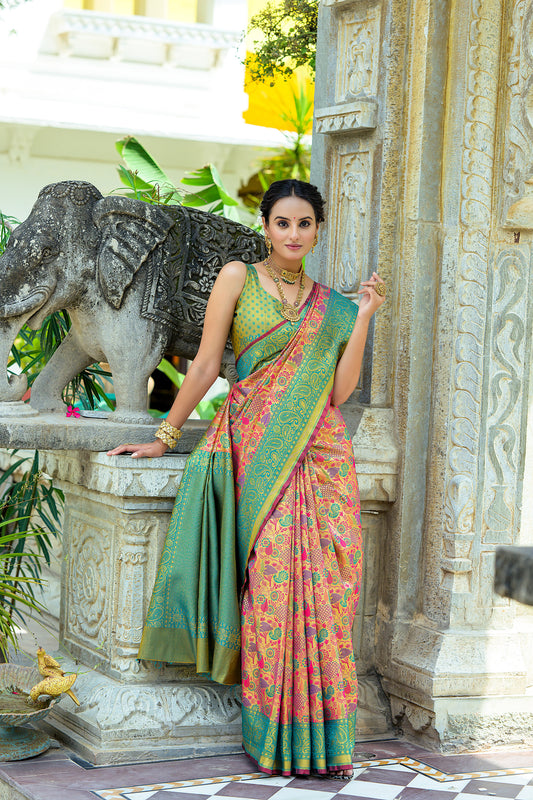 10% off available
10% off availableRama Kanjivaram Zari Woven Artisan saree
Regular price Rs. 5,454.00 INRRegular priceUnit price perRs. 10,200.00 INRSale price Rs. 5,454.00 INRSale -

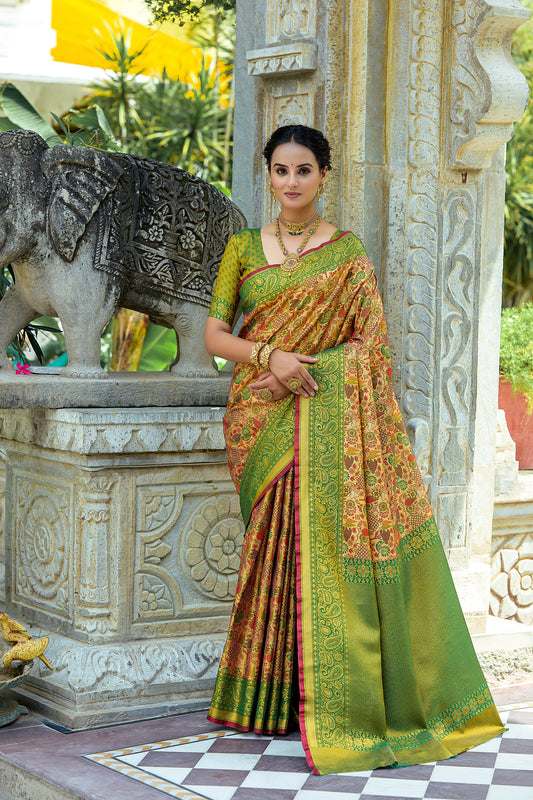 10% off available
10% off availableGreen Kanjivaram Zari Woven Artisan saree
Regular price Rs. 5,454.00 INRRegular priceUnit price perRs. 10,200.00 INRSale price Rs. 5,454.00 INRSale -

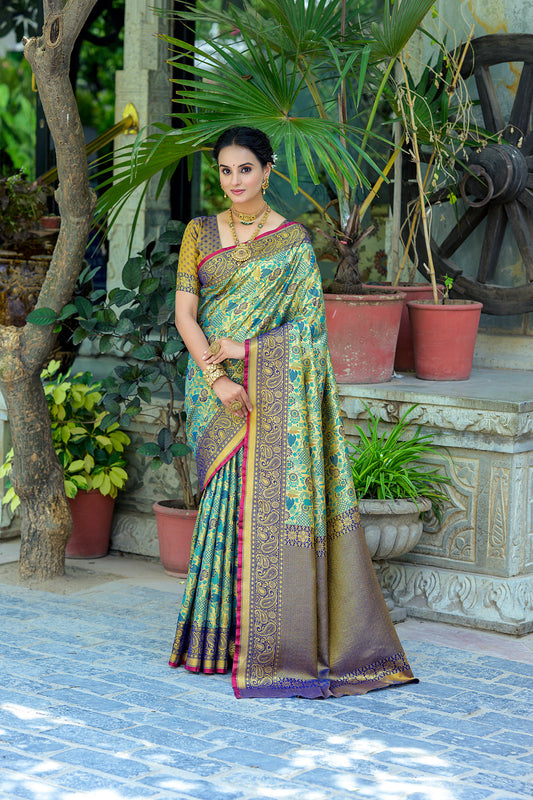 10% off available
10% off availableBlue Kanjivaram Zari Woven Artisan saree
Regular price Rs. 5,454.00 INRRegular priceUnit price perRs. 10,200.00 INRSale price Rs. 5,454.00 INRSale -
Forest Green Handloom Geometric Weave Design Kanchipattu Saree
Regular price Rs. 39,999.00 INRRegular priceUnit price perRs. 39,999.00 INRSale price Rs. 39,999.00 INR -
Pink Handloom Kanchipattu Saree With Zari Work And Contrasting Pallu
Regular price Rs. 59,499.00 INRRegular priceUnit price perRs. 59,499.00 INRSale price Rs. 59,499.00 INR -
Black Handloom Kanchipattu With Pure Thick Zari Motifs
Regular price Rs. 36,499.00 INRRegular priceUnit price perRs. 36,499.00 INRSale price Rs. 36,499.00 INR -
Handloom Dark Green Kanchipattu Pure Silk Saree
Regular price Rs. 17,999.00 INRRegular priceUnit price perRs. 17,999.00 INRSale price Rs. 17,999.00 INR -
Blue Handloom Pure Silk Saree With Kanchi Border
Regular price Rs. 38,499.00 INRRegular priceUnit price perRs. 38,499.00 INRSale price Rs. 38,499.00 INR -
Teal Blue Handloom Pure Silk Saree
Regular price Rs. 14,499.00 INRRegular priceUnit price perRs. 14,499.00 INRSale price Rs. 14,499.00 INR -
Sienna Brown With Zari Motifs Pure Silk Saree
Regular price Rs. 13,999.00 INRRegular priceUnit price perRs. 13,999.00 INRSale price Rs. 13,999.00 INR
Quality Check Process
Collapsible content
About
FAQ
What is Kanjivaram?
Kanjivaram, also known as Kanchipuram, is a type of silk saree originating from the city of Kanchipuram in Tamil Nadu, India. Renowned for its exquisite craftsmanship and luxurious texture, the Kanjivaram saree is traditionally handwoven using pure mulberry silk threads. These sarees are characterized by their vibrant colors, intricate zari work (metallic thread), and elaborate motifs inspired by temples, nature, and traditional designs. Kanjivaram sarees are highly priced for their durability, rich cultural heritage, and timeless elegance, making them a choice for special occasions and weddings.
Why Kanjivaram sarees are so popular?
Kanjivaram sarees are immensely popular due to their unique hand-woven designs, which showcase intricate silk threadwork and craftsmanship. Each saree reflects the rich cultural heritage of Tamil Nadu, where they are traditionally made. The luxurious silk fabric used is renowned for its durability and sheen, making these sarees both elegant and long-lasting. The vibrant colors and elaborate patterns, often inspired by nature and mythology, add to their allure. Kanjivaram sarees are cherished for their timeless beauty and the cultural significance they carry, making them a preferred choice for weddings, festivals, and special occasions.
When and where to wear Kanjivaram sarees?
Kanjivaram sarees are ideal for special occasions such as weddings, festivals, and traditional ceremonies due to their rich, luxurious appeal. They are often worn at events like Diwali, Pongal, and family celebrations. Additionally, these sarees are suitable for formal gatherings and cultural functions, where their intricate designs and vibrant colors can be showcased. Their elegance makes them a standout choice for any significant or festive occasion.
Who can wear Kanjivaram sarees?
Kanjivaram sarees can be worn by anyone who appreciates traditional Indian attire. They are suitable for women of all ages and are especially popular among brides, bridesmaids, and women attending weddings, festivals, and special occasions. Their timeless elegance makes them a cherished choice for many.
Where can I buy Kanjivaram sarees online?
Mohi Fashion is a trusted online platform for purchasing a stunning collection of Kanjivaram sarees. They offer a wide range of designs and patterns, ensuring you can find the perfect saree to suit your style and budget.
What are the Patterns available over Kanjivaram Saree?
Kanjivaram sarees showcase a wide range of intricate patterns, each adding to their allure and beauty. Some common patterns found on Kanjivaram sarees include:
Temple motifs: Inspired by architectural designs of South Indian temples, these motifs often feature intricate depictions of temple pillars, motifs, and deity figures.
Floral patterns: Flowers like lotus, jasmine, and peacock motifs are commonly woven into Kanjivaram sarees, adding a touch of natural elegance.
Checks and stripes: Traditional checks and stripes in contrasting colors are popular patterns seen on Kanjivaram sarees, adding a classic yet contemporary appeal.
Animal motifs: Elephants, parrots, and other animal motifs are intricately woven into Kanjeevaram sarees, symbolizing prosperity, fertility, and grace.
Paisley designs: Paisley motifs, also known as mango motifs, are a hallmark of Kanjivaram sarees, symbolizing fertility, abundance, and auspiciousness.
These patterns, combined with rich colors and fine zari work, create exquisite Kanjivaram sarees that are treasured for their craftsmanship and elegance.
How to check original Kanjivaram saree?
Checking the authenticity of a Kanjivaram saree involves examining several key features:
Zari Work
- Original Kanjivaram sarees use pure zari made from silk threads dipped in gold and silver.
- Check if the zari work has a rich, glossy appearance. Fake sarees often use polyester threads with metallic sheen.
- You can test the zari by scratching a little portion to see if there is a reddish silk thread underneath, which indicates authenticity.
Weaving
- Kanjivaram sarees are handwoven with intricate patterns.
- Look at the reverse side of the saree. The weaving should be neat and as intricate as the front.
- You can feel the texture; original Kanjivaram sarees are heavier and have a thicker feel due to the use of pure silk and zari.
Borders and Pallu
- The saree body and the pallu (the end piece) are often woven separately and then interlocked.
- Look at the joint between the border and the body. A genuine Kanjivaram saree will have a solid interlocking pattern that is almost unnoticeable.
Price
- Authentic Kanjivaram sarees are quite expensive due to the use of pure silk and zari, as well as the labor-intensive weaving process.
- If the price seems too good to be true, it's likely not an original.
Certification
- Many authentic Kanjivaram sarees come with a Silk Mark certification, indicating that the saree is made from pure silk.
- Look for this certification tag when purchasing.
Designs and Motifs
- Traditional Kanjivaram sarees often feature motifs inspired by temples, flowers, and animals.
- The designs are usually intricate and detailed, reflecting the skilled craftsmanship involved.
These tips should help you identify an original Kanjivaram saree. If you're unsure, it's always best to buy from reputed and trusted sellers.
Which state is famous for Kanjivaram silk saree?
Tamil Nadu, particularly the town of Kanchipuram, is famous for Kanjivaram (or Kanchipuram) silk sarees. This region is renowned for its skilled weavers and traditional methods of producing these luxurious and intricately designed sarees.
Why Kanjivaram silk is costly?
Kanjivaram silk is costly due to its use of high-quality silk threads, pure gold and silver zari, and intricate hand-weaving techniques by skilled artisans. The detailed designs, durability, and traditional craftsmanship involved also contribute to its high price, making each saree a unique and valuable piece.
What is special about Kanjivaram saree?
The speciality of the saree lies texture, glimmer, permanence and refinement which is why it is popularly known as the queen of all sarees. The material used is the heavy Kanchipuram silk and is also a bit expensive because of its finesse and weight. The weight of the saree determines or is the sole parameter of its quality. The heavier the saree the better it is.
How to maintain Kanjivaram Sarees
Storage of Kanchipuram Sarees:
You should air your Kanjivaram, every 3-4 months period by opening the sari, spreading it out over a cool surface for 30 minutes and refold it back to storage. This prevents colour from fading along the folds and helps save the yarn along the creases.
Some weavers use a starch-heavy yarn seasoning process, and hence some saris may have a stiff, starched texture when new. These saris soften as the starch falls off, and you can get rid of the starch by opening the sari, and waving it.
Washing of Kanchipuram Silk Sarees:
Dry cleaning of the Kanjivaram sari is always the best. Spacing the cleaning intervals to once in 2-3 uses is ideal.
Air the sari as much as possible and dry clean followed by a roller iron to restore the folds.
What is the significance of red sarees, and why do they remain a timeless choice in Indian fashion?
Red sarees symbolize love, joy, and fertility, making them a choice for auspicious occasions like weddings, festivals, and celebrations. Saree red color also radiates power and confidence, making it a favorite among bold and dynamic Indian women.
Are red sarees suitable for both traditional occasions and celebratory events like weddings and festivals?
Yes, red sarees are perfect for both traditional and celebratory occasions, including weddings and festivals. As a vibrant and festive color, saree in red color is available in various shades such as maroon, crimson, cherry red, and scarlet, making it versatile for events like Garba nights, Diwali, Durga Puja, weddings, and even cocktail parties.
Explore our Weave Collection
Banarasi Sarees | Silk Saree | Assam Silk Sarees | Bengal Weaves | Mekhela Chador | Pure Kanijivaram Sarees | Paithani Saree | Patola Sarees | Organza Sarees | Uppada Silk Saree | Maheshwari Silk Saree | Ikat Saree | Chanderi Saree | Kanjivaram Sarees
Blogs
History And Origin Of Kanjivaram Silk Sarees Online
How to Wear a Mekhela Chador: A Guide to the Traditional Assamese Women's Dress
How To Maintain a Kanjivaram Saree
Collections
Pure Kanjivaram Saree Online at Best Price
Latest Kanjivaram Silk Sarees Online
Kanjivaram Sarees Online in USA



























































